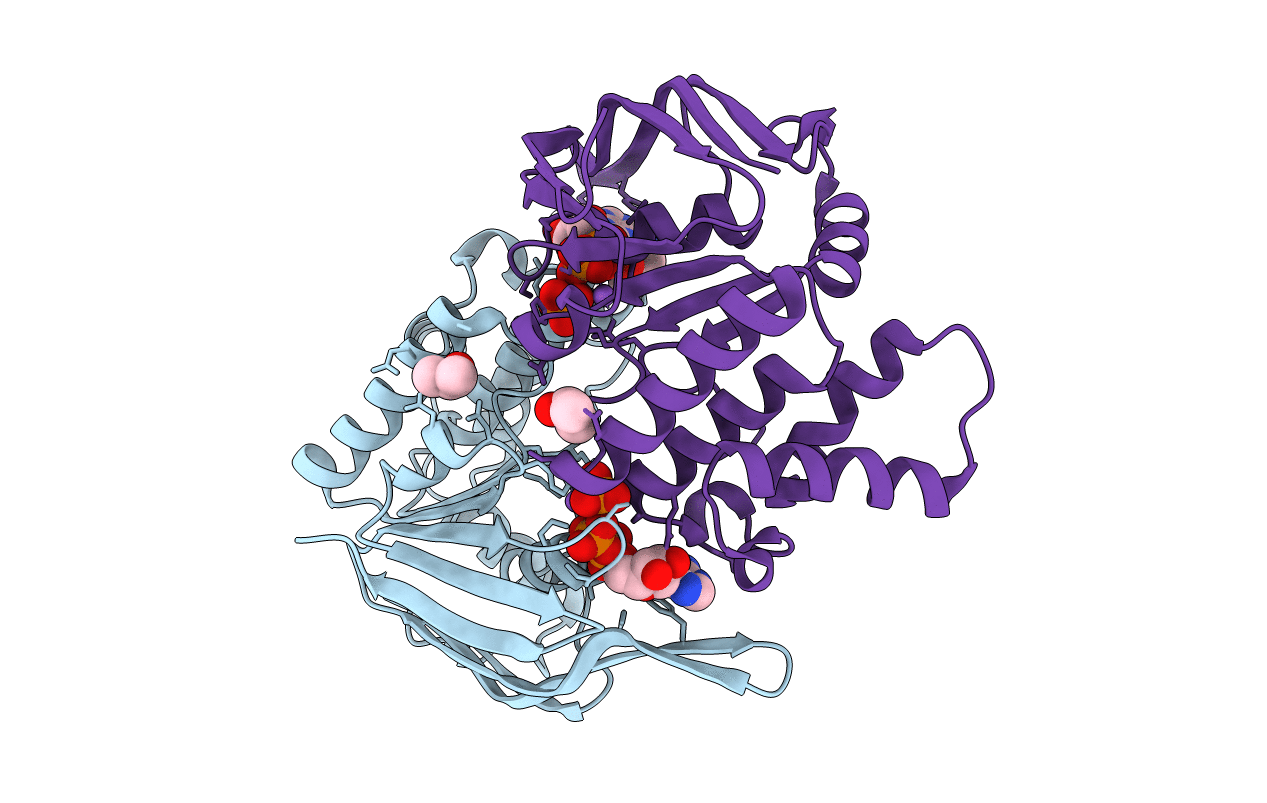
Deposition Date
2011-08-20
Release Date
2012-03-21
Last Version Date
2023-09-13
Entry Detail
PDB ID:
3TIF
Keywords:
Title:
Dimeric structure of a post-hydrolysis state of the ATP-binding cassette MJ0796 bound to ADP and Pi
Biological Source:
Source Organism:
Methanocaldococcus jannaschii DSM 2661 (Taxon ID: 243232)
Host Organism:
Method Details:
Experimental Method:
Resolution:
1.80 Å
R-Value Free:
0.23
R-Value Work:
0.20
R-Value Observed:
0.20
Space Group:
C 2 2 21


